Author: Andy Carter
Modern brewers have a rather wide array of choices when it comes to the grain they use to make beer with, the largest proportion in nearly all recipes being a base malt, which possess the enzymatic power to adequately convert starches into fermentable sugar. Vienna malt, Munich malt, Maris Otter, and even wheat malt all share this classification, though the two most popular base malts continue to be the humble Pale and Pilsner malts.
While Pale and Pilsner malts are both generally produced from 2-row barley, often of the same varieties, they differ in their level of kilning. Noted for its ability to impart a very pale yellow color and a clean toasty flavor, Pilsner malt is kilned to a lesser degree than Pale malt, which contributes a slightly darker color and richer malt flavor. As the names suggest, Pilsner malt tends to be the base malt of choice for lager beers while Pale malt is the go-to for most styles of ale.
It’s been my general practice to rely on the base malts that would typically be used in the style of beer I’m brewing, mostly because it makes sense to me that they were created for a reason. However, when tasters in a prior xBmt were unable to distinguish pale lagers made with either Pilsner or Pale malt, I began to wonder if the relatively small color difference was as meaningful as I’ve always believed and decided to test it out again for myself.
| PURPOSE |
To evaluate the differences between a German Pils made with Pale malt (1.8 °L) from one made with Pilsner malt (1.2 °L) sourced from the same maltster.
| METHODS |
In order to emphasize any differences as much as possible, I designed a very simple German Pils recipe where the grist consisted entirely of either Pale 2-row or Pilsner malt, both sourced from Briess.
All About That Base
Recipe Details
| Batch Size | Boil Time | IBU | SRM | Est. OG | Est. FG | ABV |
|---|---|---|---|---|---|---|
| 5.5 gal | 60 min | 41.1 IBUs | 3.0658490 | 1.051 | 1.011 | 5.3 % |
| Actuals | 1.05 | 1.011 | 5.1 % | |||
Fermentables
| Name | Amount | % |
|---|---|---|
| Pale OR Pilsner Malt (Briess) | 10 lbs | 100 |
Hops
| Name | Amount | Time | Use | Form | Alpha % |
|---|---|---|---|---|---|
| Sterling | 20 g | 60 min | Boil | Pellet | 11.6 |
| Hallertauer Mittelfrueh | 28 g | 30 min | Boil | Pellet | 3.8 |
| Hallertauer Mittelfrueh | 43 g | 10 min | Boil | Pellet | 3.8 |
Notes
| Water Profile: Ca 59 | Mg 5 | Na 0 | SO4 94 | Cl 51 |
Download
| Download this recipe's BeerXML file |
The day before brewing, I prepared a single large starter using 2 pouches of Imperial Yeast L17 Harvest.
I started my brew day by adding identical volumes of RO water to separate BrewZilla units then setting the controller to heat it up.
After adding the same amount of minerals to each kettle, I milled the grains into separate buckets.
Once the water for each batch was adequately heated, I incorporated the grains then checked to make sure both were at the same target mash temperature.
At 15 minutes into each mash, I pulled samples to measure the pH and found the Pale malt wort was 0.06 pH lower than the Pilsner malt wort, which is to be expected given the slightly higher kilning.
While the mashes were resting, I prepared the kettle hop additions.
Once each 60 minute mash was complete, I sparged to collect the same pre-boil volume then boiled the worts for 60 minutes before chilling them and taking refractometer measurements showing a slight difference in OG.
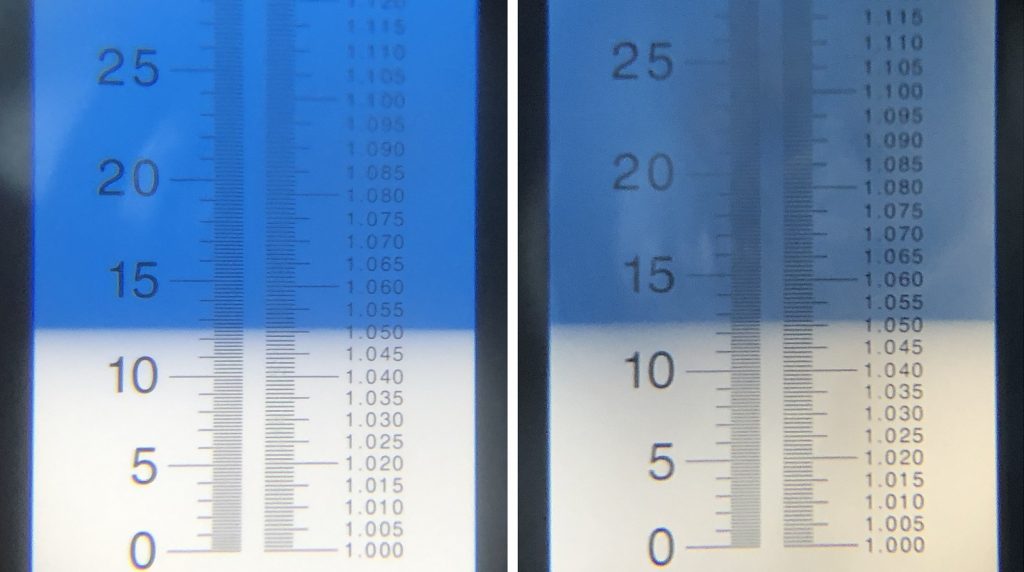
Equal amounts of wort were racked to sanitized 6 gallon/23 liter PET carboys that were placed in my fermentation chamber and left to finish chilling to my desired fermentation temperature of 50°F/10°C, at which point I split the start evenly between them. By the following day, both beers were actively fermenting.
After a week, I raised the temperature in the chamber to 57°F/14°C and let it sit for an additional 2 weeks before taking hydrometer measurements showing a the beer made with Pale malt finished 0.002 SG points lower than the Pilsner malt beer.
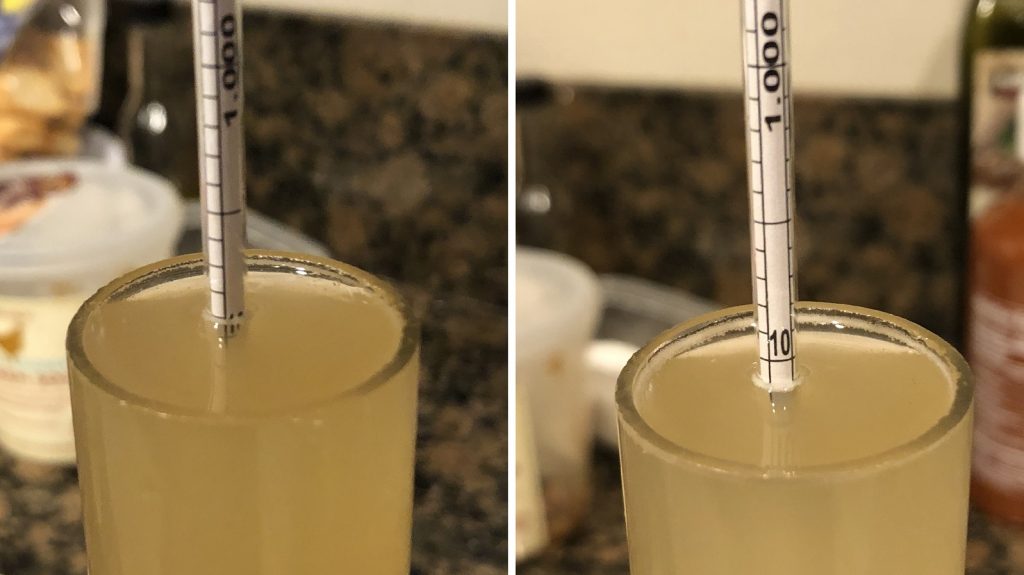
At this point, I racked the beers to sanitized kegs.
The filled kegs were placed in my keezer and left on gas for 3 weeks before I began my evaluations.
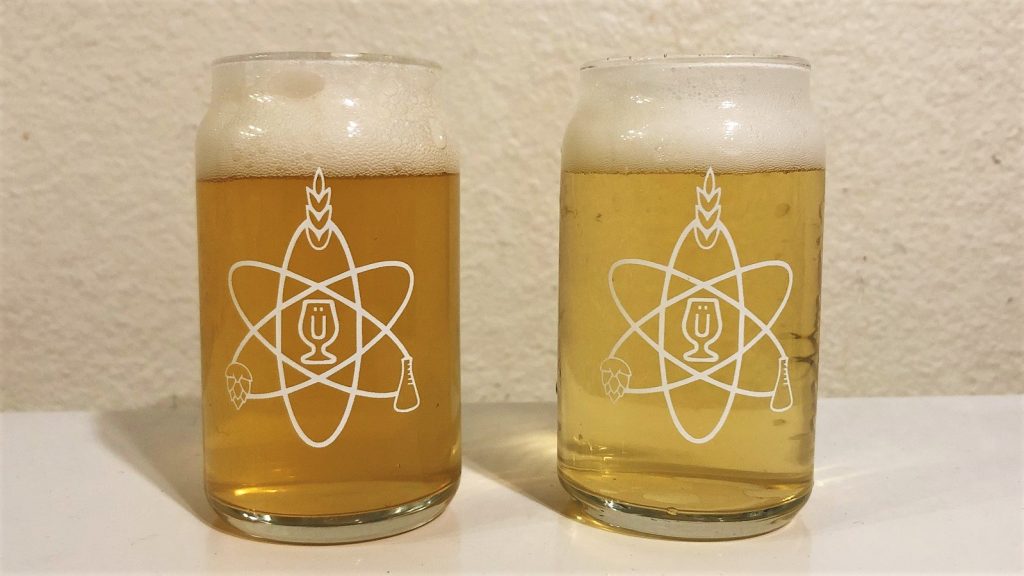
| RESULTS |
Due to social distancing practices as a result of the COVID-19 pandemic, data for this xBmt was unable to be collected in our typical manner. As such, temporary adaptations were made involving the author completing multiple semi-blind triangle tests in as unbiased a way as possible.
Utilizing 4 opaque cups of the same color where 2 were inconspicuously marked, one set was filled with the beer made with all Pale malt while the other set was filled with the beer made with all Pilsner malt. For each triangle test, 3 of the 4 cups were indiscriminately selected, thus randomizing which beer was the unique sample for each trial. Following each attempt, I noted whether I was correct in identifying the unique sample. Out of the 10 semi-blind triangle tests I completed, I needed to identify the unique sample at least 7 times (p<0.05) in order to reach statistical significance. Ultimately, I identified the unique sample just 4 times (p=0.44), indicating my inability to reliably distinguish a German Pils.
I brewed these beers, knew the variable well, saw that they looked different, and was as biased as it gets, yet when appearance was hidden, I simply could not tell them apart. Both had an enticing combo of clean malt and noble hops marked by flavors of hay, light melon, and a pleasant spiciness that made them super drinkable.
| DISCUSSION |
Base malts can be viewed as a canvas onto which brewers apply the paint that is specialty malt, hops, and yeast. They also providing a good portion of the fermentable sugars as well as the enzymes necessary to convert the starches in grains with lower diastatic power. Two of the most common base malts are Pale malt and Pilsner malt, which not only contribute differences in color, but purportedly flavor as well. My inability to reliably distinguish a German Pils with a grist consisting entirely of Pale malt form one made with only Pilsner malt suggests any differences in flavor were minimal enough to be imperceptible to my palate.
These xBmt beers were different in terms of color, proving the malts are indeed different, and observing this prior to evaluating them left me convinced I’d easily be able to tell them apart. The fact I couldn’t led me to consider myriad possible explanations, the one I trust some are already married to being that I have a terrible tasting skills. While this may very well be true, given my experience brewing and evaluating beers, I don’t personally believe it to be the case. More plausible to be me is that the relatively minor difference in kilning, while enough to impact color, simply wasn’t enough to have a noticeable impact on flavor. Or, perhaps whatever differences did exist were covered up by other beer characteristics.
To be frank, I did not expect these results, as I’ve always adhered to the idea that lager beers are best made with Pilsner malt while ales benefit from Pale malt. Seeing that the findings from this xBmt corroborate those from a prior xBmt looking at the same variable, it seems the greatest impact either base malt has on beer is in terms of color, which is important enough on its own for me to stick to using each in the way I always have. I certainly look forward to exploring these common base malts in the future to see how they express themselves in different styles and usages.
If you have any thoughts about this xBmt, please do not hesitate to share in the comments section below!
Support Brülosophy In Style!
All designs are available in various colors and sizes on Amazon!
Follow Brülosophy on:
FACEBOOK | TWITTER | INSTAGRAM
If you enjoy this stuff and feel compelled to support Brulosophy.com, please check out the Support page for details on how you can very easily do so. Thanks!


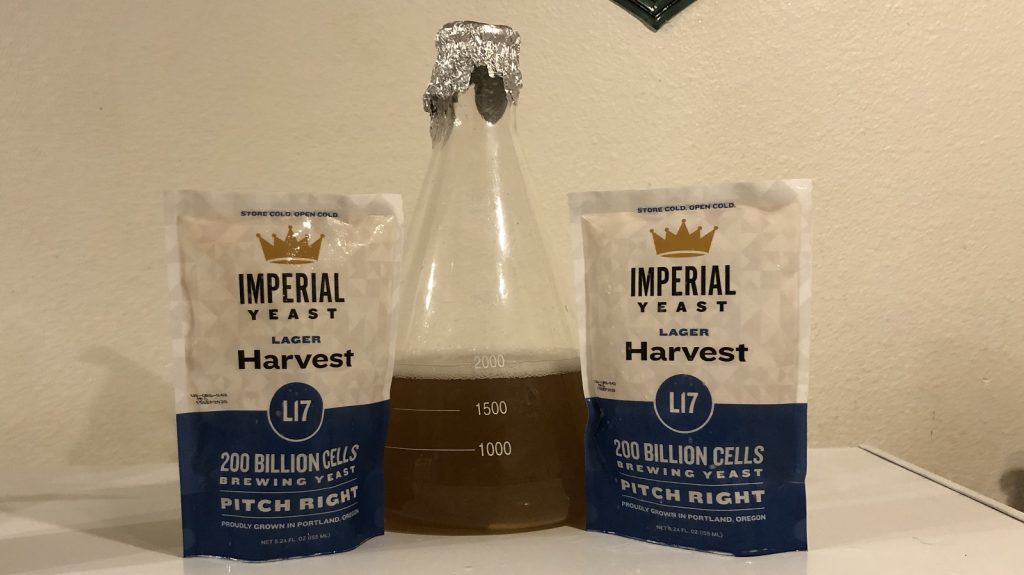
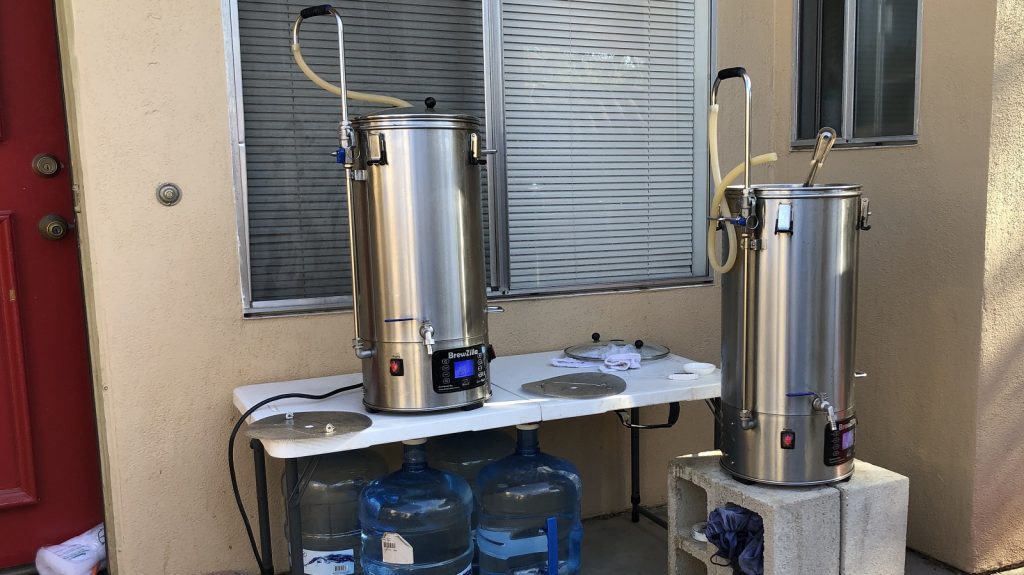
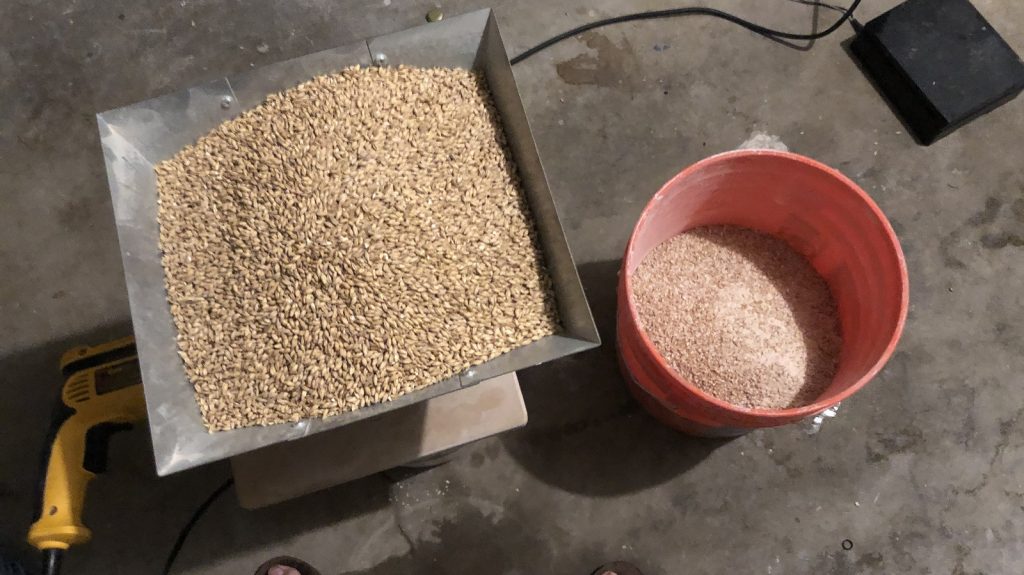
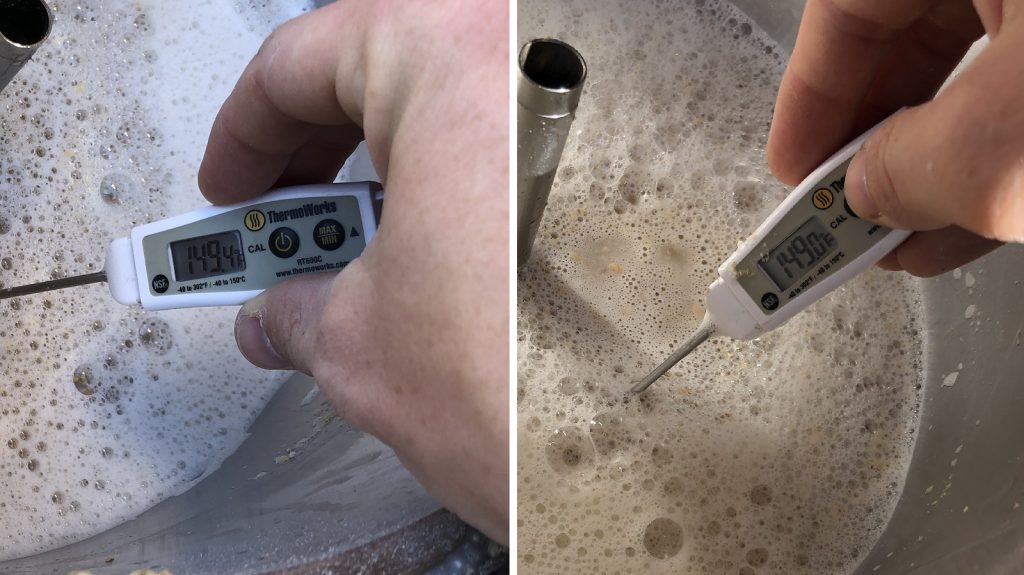
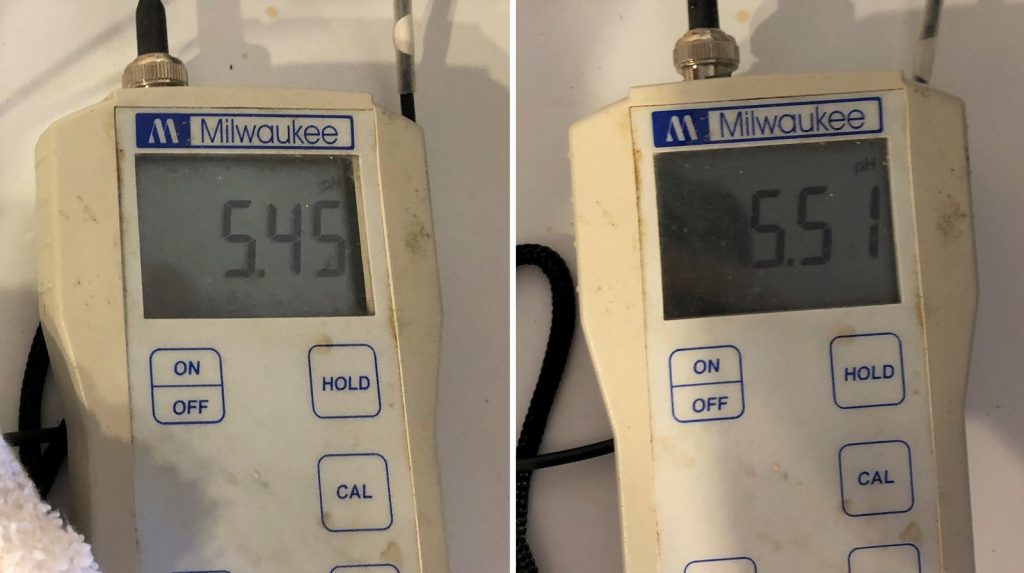
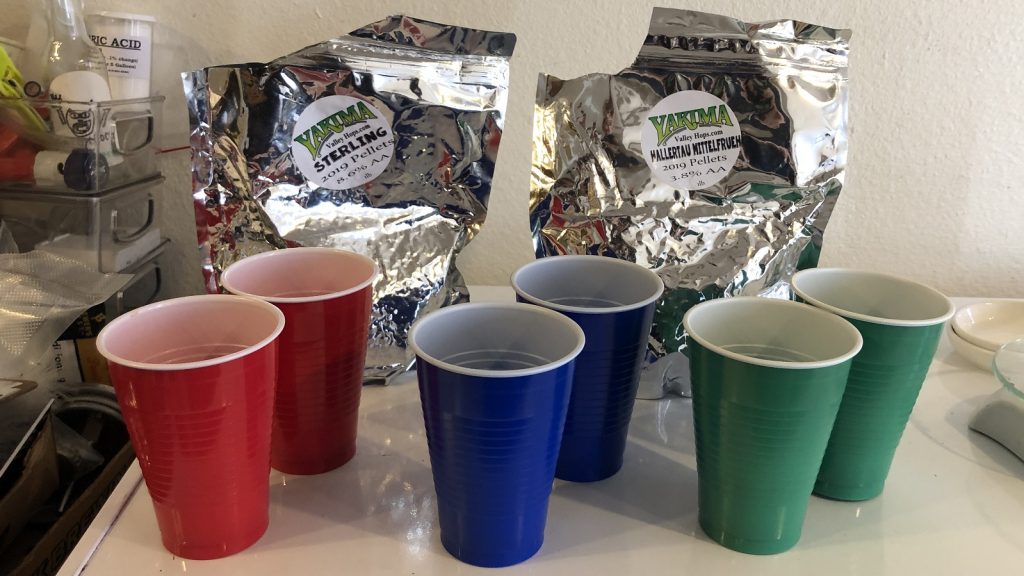
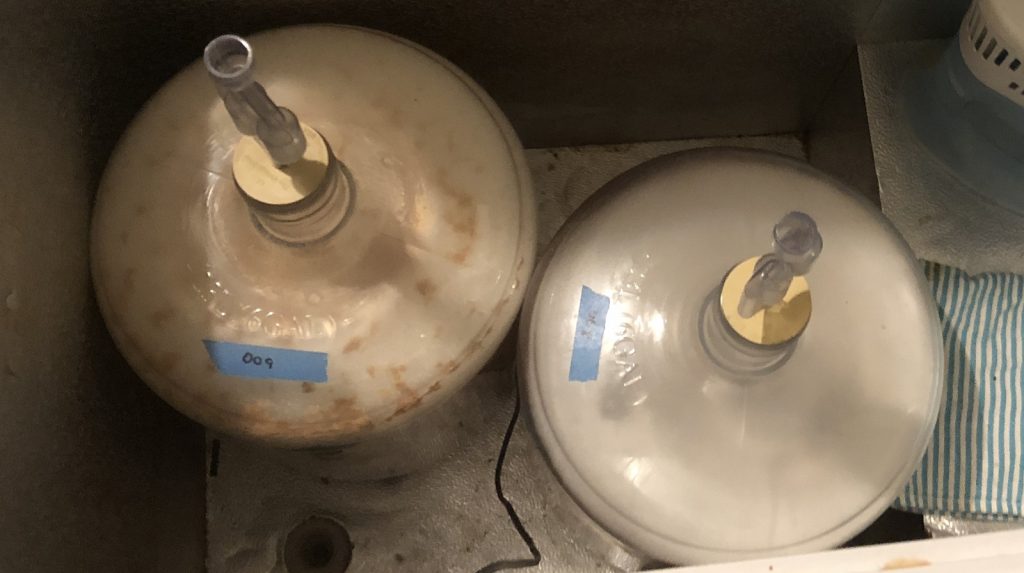
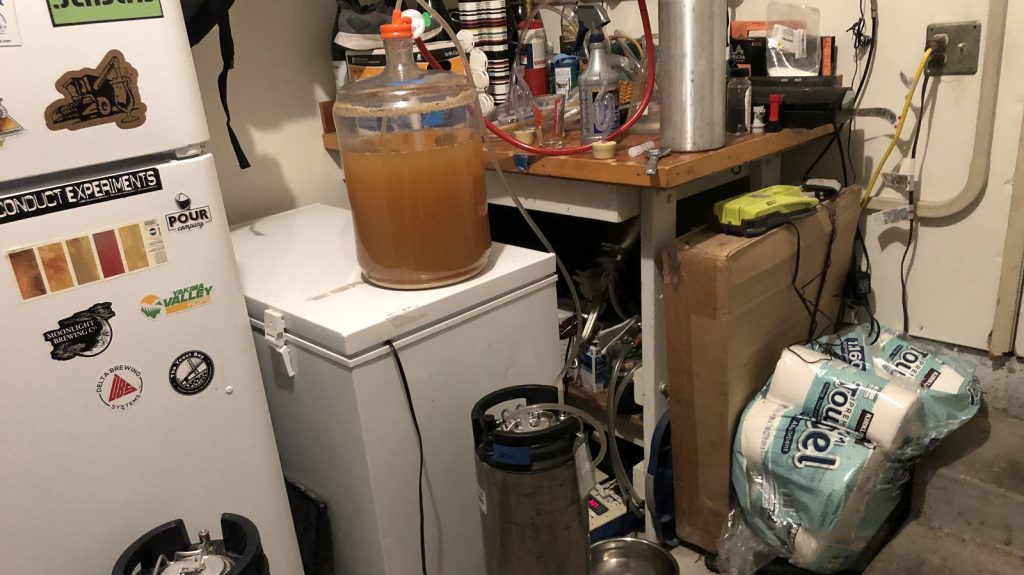











17 thoughts on “exBEERiment | Grain Comparison: Pale Malt vs. Pilsner Malt In German Pils”
Is there a chance a taste difference in the malt profile could have been detected with maybe 25 IBU’s?
I was thinking the same. 41 IBU seems very high for pilsners.
41 IBU’s are pretty common for german and norwegian pilsners. 25 IBU’s are more international lager type, at least in my mind
Pilsner malt, Pale malt, pale ale malt?
First of all, here in Belgium, pilsen MD is 1.4 to 1.8° L. Weyermann standard pilsner malt is between 1.4 and 2.1° L. For me, the distinction made above between Pilsner malt and pale malt is artificial, it does not have any meaning (except in the colour of the end product).
Weyermann has extra pale premium pilsner malt which is between 1.2 and 1.8° L, which makes the Dingemans Pilsen MD seem about the same product.
And a whole range of beers is brewed here with pilsner malt, both bottom- and top fermented beers. The main reason probably being that pilsner malt is cheaper to make; less energy needed to kiln it. One well known beer is made with even lighter malt, Duvel, which uses a malt kilned to their specs.
And then you have pale ale malts, where Dingemans supplies one with a colour of 3.8° L, Weyermann between 2.5-3.3° L and Simpsons between 2.2-3.0°L.
To make things a bit more confusing even, there is also low colour Maris Otter, which is kilned to pilsner specs, but which is a traditional pale ale barley.
Thanks for your comments – can you comment on typical mash temperatures for Belgian ales? Are step mashed common?
“I certainly look forward to exploring these common base malts in the future to see how they express themselves in different styles and usages.”
I love the optimism here but wasn’t the takeaway that the base malt makes little difference to the perceived flavor?
Anyway, I enjoyed this one. I use Maris Otter in everything but recently bought some pilsner malt to make a ‘real’ pilsner. I’ll be interested to see how different it is from my usual lager.
Interesting result. Can you divulge the maltster?
Thanks! Love all things Brulosphy.
They were both from Briess. See the Methods section above.
I’m not too surprised, given that tasters in a past xbmt couldn’t reliably distinguish beers made with 100% Vienna malt and Munich malt, respectively.
But it is quite funny when you compare it to conventional homebrewing wisdom and people swearing that subbing 10% of the pale malt for pilsner made has made all the difference.
Also: in before someone claims that all malt flavour in both beers had been lost to hot side aeration, thereby making them indistinguishable.
Love this exbeeriment. I believe I will be making a fake pils with pale malt, saaz and hallertau hops with US05 ale yeast. Think I will set IBU around 30 and mash around 148 to make sure it is crisp and dry. Wonder if anyone will know it’s an ale ?
That sounds like a cream ale 😀
Whether or not “it’s an ale” depends on how you ferment it, not what malts you use. We have a brewery here in Ann Arbor (“Wolverine”) that’s established a reputation for brewing lagers, but using malts that are traditionally used for ales. They’re all still lagers.
It may be that with a higher sulfur yeast, the pilsner malt will show more sulfur character since lightly kilned malts have higher levels of S-methylmethionine. That would have been my expectation.
Good experiment. The only area of triviality that remains, is, do you have the tastebuds to make those distinctions? I have known people who can’t taste the difference between coke and Pepsi, or the flavour of water from different sources, however, these differences are loud and clear to me.
So, is it possible that while different base malts are lost on you, they could still be experienced as profoundly different to someone else?
Great xbmt, really enjoyed that one.
I am an avid home brewer of many years and I know several professional brewers who have told me precisely the same thing. So I have no real idea why I bother with pilsner malt, especially since if I brew a Bohemian pilsner I’ll add a wee bit of melanoidin for colour!
I wonder if any noticeable difference might have come out after lagering.